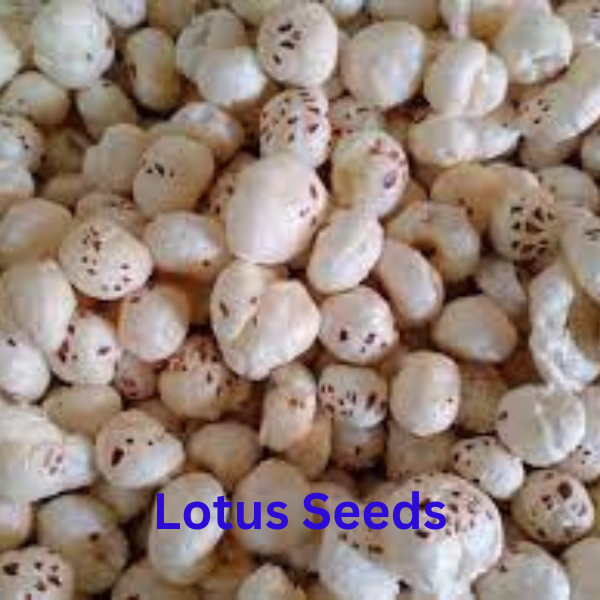This article talks about the Best Millet for Diabetes: Millet is a good food for diabetes. It is a whole grain with rich in fibre content and it has carbohydrate.
The body is unable to adequately metabolize food for energy as a result. This can raise your blood glucose, or blood sugar, level and cause harmful consequences if left unchecked.
A Detailed Description About The Best Millet for Diabetes
Table of Contents
There is a misconception that persons with diabetes cannot consume sugar or carbohydrates like millet because diabetes affects blood sugar.
While it’s true that diabetics may need to pay closer attention to how many carbohydrates they eat in order to control their blood sugar, complex carbohydrates, in particular, which are high in fiber, can also help manage the symptoms of diabetes.
Wholegrain carbs, such as millet, are rich in fiber, minerals, and vitamins. If you have diabetes, you might want to incorporate these into your diet. So, it is considered one of the best millet for diabetes.
What is Millet?
A kind of grain called millet which is the best millet for diabetes has tiny seeds that resemble tiny pearls. Although millet is a staple in many regions of the world, some people in the US may not even be familiar with it. It is frequently used in African and Indian cuisine.
The following are the different types of Millets which are the best millet for diabetes.
1, kodo
2. Little
3. finger
4. foxtail
5. jowar
6. pearl
The grain millet is entire. It is easily digestible because it is widely regarded as a fiber-rich carbohydrate. It’s also a fantastic substitute for those who have gluten sensitivity or celiac disease because it’s gluten-free. Furthermore, millet has a lot of nutrients and because of that it is the best millet for diabetes.
Millet’s benefits for diabetes
The assumption that millet is beneficial for managing diabetes is supported by research. According to a 2021 study (Trusted Source), eating millets over time lowers blood glucose levels and may help minimize the chance of acquiring diabetes.
Among those with prediabetes, hemoglobin A1c levels also significantly decreased. Your three-month average blood sugar level is measured by the A1C.
Nutritional content Values
A cup of millet Trusted Source has about:
- 6.06 grams (g) of protein
- 2.23 g of fiber
- 76.4 milligrams (mg) of magnesium
- 106 mg of potassium
While millet has many nutritional advantages for all types of eaters, its benefits for diabetes management are particularly noteworthy, making it one of the best millet for diabetes which is whole grains for blood sugar regulation.
Because millet contains a significant amount of fiber, it is the best millet for diabetes. Fiber facilitates a slower digestive process. Sugar thus enters the system more gradually, reducing the possibility of a blood sugar rise.
Know about glycemic index
Individuals who have diabetes must also understand the glycemic index (GI) and be aware of the food’s GI rating.
Carbs are ranked according to how quickly they raise blood sugar levels using the glycemic index. Lower GI meals are more slowly absorbed by the body, which also takes longer to increase blood sugar.
Higher GI foods digest more quickly and cause blood sugar levels to rise more quickly.
Foods are rated on the GI scale from 0 to 100.
Because many varieties of millet have a low to medium GI, you can consume them more frequently without experiencing significant blood sugar effects.
However, keep in mind that the GI value of millet varies according to the variety Trusted Source. Because of this, if you have diabetes, some varieties of millet are better than others.
The GI values of finger, pearl millet, foxtail, little, and little trusted sources range from 54 to 68. With a GI score of 70, jowar millet may offer less advantages than the other types.
Since you might also wish to include these items in your diet, it’s vital to know where different whole grains rank on the GI scale.
Useful eating tips for diabetes
Eating items that assist you to control your blood sugar levels is essential for blood sugar management. This is true for everyone, not just those who have diabetes.
Maintaining optimal blood sugar levels, along with controlling blood pressure, cholesterol, and weight, is the aim of diabetes treatment. By following these steps, diabetes problems like the following can be avoided:
- cardiovascular disease
- nerve damage
- kidney disease
- eye issues
- skin problems
Further, It’s essential to eat a nutritious, balanced diabetes-friendly diet of:
- whole grains like brown rice, barley, oats, corn, and rye
- low fat dairy
- Proteins
- vegetables
- Fruits
In your weekly food chart, you should add fruits, leafy green, whole gains and oats etc.
A small piece of useful advice about good health
We should careful enough while preparing the meas with oils. It is advisable to use following while cooking.
- Avocado Oil
- Olive Oil
- Canola Oil
Observe portion sizes as well. Instead of eating three large meals daily, have five or six smaller ones. Serve meals on small size plates.
Observe how much sugar and sodium you consume as well. Try cooking with less salt and more herbs at first. Drinks with additional sugar should be avoided. Increase your water intake and, if you can, utilize sugar replacements.
For heart health and weight maintenance, try adding a minimum of 30 minutes of physical exercise to your daily routine in addition to a healthy, balanced diet. Take a stroll, ride your two-wheeler, or join a gym.
Final Words
Eating the correct meals might be difficult at times, regardless of how long you’ve had diabetes or how recently you were diagnosed. One thing to keep in mind is that a healthy, balanced diet must include carbs high in fiber.
Therefore, if you haven’t already, look into millet-based recipes and include this entire grain on a weekly basis.





